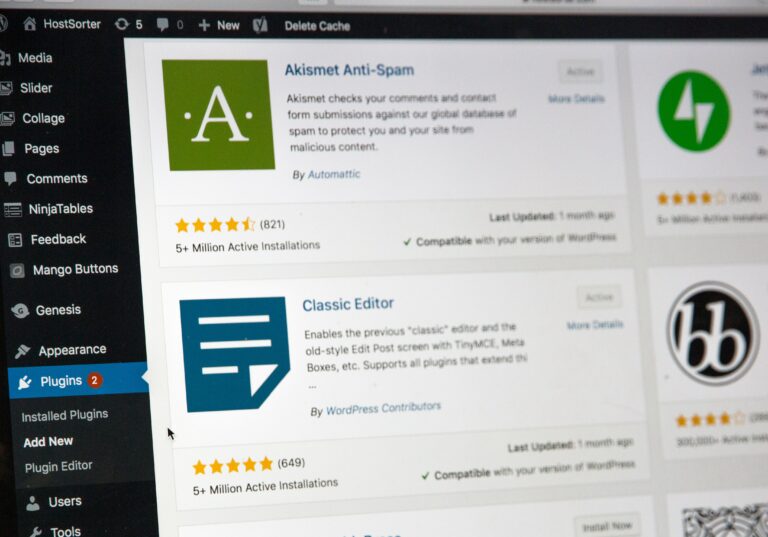What is Responsive Web Design?
In today’s fast-paced world, having a website that is responsive to different devices and screen sizes is a must. Responsive web design is a web development approach that aims to create a website that can adapt to any screen size and device, ensuring that users have the best possible experience, regardless of the device they are using.
In the past, websites were designed to be viewed on desktop computers, which had larger screens and different aspect ratios. With the rise of mobile devices, including smartphones and tablets, it became increasingly important to create websites that could be easily viewed on these devices.
Responsive web design solves this problem by using a combination of flexible grids, layouts, images, and media queries. These technologies work together to ensure that a website can adapt to any screen size and resolution.
Flexible grids are at the core of responsive web design. Instead of using fixed pixel measurements, flexible grids use percentages and relative measurements to ensure that the website layout adapts to the size of the screen. This means that the website layout will look good on any device, from a large desktop monitor to a small smartphone screen.
Layouts are also important in responsive web design. In a responsive website, the layout should be designed to change based on the size of the screen. For example, a three-column layout on a desktop computer might change to a two-column layout on a tablet and a single column layout on a smartphone.
Images are another crucial element in responsive web design. Images that are too large can slow down a website’s load time and make it difficult to view on smaller devices. In responsive web design, images are optimized to be smaller and load faster, ensuring that the website is quick to load and easy to view.
Media queries are the final piece of the responsive web design puzzle. Media queries are used to apply different styles to a website based on the size of the screen. For example, a media query might be used to change the font size on a smartphone screen to make it easier to read.
The benefits of responsive web design are clear. By creating a website that is responsive to different screen sizes and devices, businesses can ensure that their website is accessible to the widest possible audience. A responsive website is also easier to maintain, as changes made to the website layout or design will automatically adapt to different screen sizes.
In conclusion, responsive web design is a critical component of modern web development. By using flexible grids, layouts, images, and media queries, web developers can create websites that are accessible, fast-loading, and easy to use on any device. Whether you are a business owner, blogger, or web developer, embracing responsive web design is an essential step to creating a website that meets the needs of your audience.





